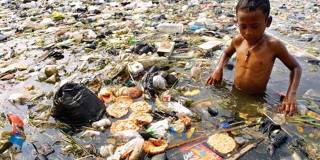
Three Ways to Improve Child Health
Over the last 15 years, the international community has made great strides in improving child health. But, with millions of children under the age of five dying each year from preventable and treatable diseases like diarrhea and pneumonia, the job is far from finished.
SEATTLE – Over the last 15 years, the international community has made great strides in improving child health. But, with millions of children under the age of five dying each year from preventable and treatable diseases like diarrhea and pneumonia, the job is far from finished.